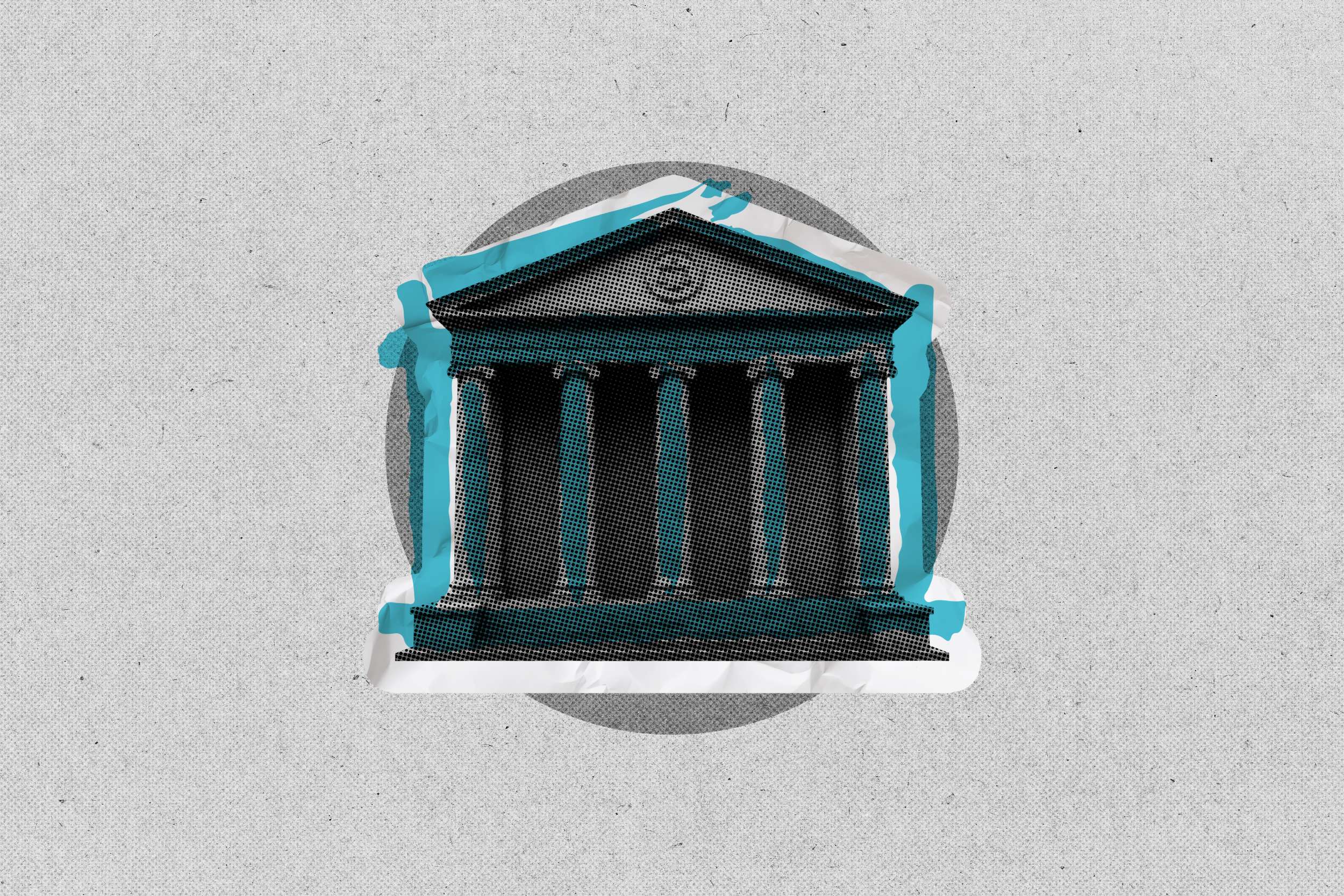Home > Tier 1 Capital: Banking’s Safety Net with a Fancy Name
|

When regulators talk about “Tier 1 Capital”, they make it sound like a private members’ lounge for capital, where only the strongest balance sheets get waved through. In reality it’s a bit less glamourous but far more important. Tier 1 Capital is the cornerstone of the UK’s banking regime – the financial equivalent of the foundations of the Shard. Without it, the whole structure wobbles.
In this article, we’ll explain what Tier 1 actually means, why regulators obsess over it, and how banks manage to look both safe and capable of paying their debts (at least on paper).
Capital requirements don’t appear by magic. They’re set at international level by the Basel Committee on Banking Supervision, whose mission is to stop banks collapsing like badly made soufflés every time markets wobble. The current rules, known as Basel III, aim to make sure financial institutions carry enough capital to weather a storm without passing the hat round to the public.
In the UK, these global standards are woven into law through the Capital Requirements Regulation (CRR) – now on-shored into UK legislation post-Brexit – and enforced by the Prudential Regulation Authority (PRA). The PRA doesn’t just send gentle reminders; it issues rules, supervisory statements and, when necessary, the kind of letters that make compliance officers sweat through their suits.
At the heart of it all is a simple principle: banks must hold capital in proportion to their risk-weighted assets (RWAs). In plain terms, that means the riskier your assets, the more of your own money you need to set aside. A gilt issued by HM Treasury is treated as almost risk-free. A loan to your mate Dave’s craft beer empire, however, is another story.
Tier 1 is the banking system’s core capital – the money that’s always on hand to absorb losses while the bank carries on trading. It isn’t a rainy-day wad of cash tucked under the mattress, more the steel girders holding the roof up.
It splits neatly into two categories:
Regulatory capital is a bit like a wedding cake. Tier 1 is the fruitcake – dense, reliable, and built to hold the weight. Tier 2 is sponge – lighter, still useful, but nobody’s trusting it to carry three tiers and a plastic bride and groom. Together, they form the full structure regulators, in their driest tone, call Total Capital.
Tier 1 combines CET1 – the highest-quality equity capital – with AT1, specialist instruments built to absorb losses if things go badly wrong. Tier 2 sits below, usually in the form of long-term subordinated debt, and only really comes into play if the bank is already in serious difficulty.
The PRA sets minimum requirements for each layer, measured against risk-weighted assets (RWAs): 4.5% must be CET1, 6% must be Tier 1 overall, and 8% must be Total Capital. But those numbers are just the entry ticket. On top come further cushions – the capital conservation buffer, the countercyclical buffer, and, for the largest banks, systemic buffers. Then the PRA adds its own firm-specific tweaks after stress tests.
That’s why most UK banks operate with CET1 ratios well into double digits. It isn’t out of generosity; it’s because running close to the minimum is the financial equivalent of a wobbly sponge tower: technically standing, but nobody’s convinced it will survive the first slice.
For regulators, Common Equity Tier 1 (CET1) is the star of the show. It’s the clearest signal of a bank’s strength, which is why supervisors, rating agencies and investors all watch it like hawks. A healthy CET1 ratio brings lower funding costs and calmer markets. By contrast, a bank that leans heavily on AT1 or Tier 2 without a strong CET1 base tends to attract suspicion – the financial equivalent of someone turning up to run a marathon in heels.
That focus explains why the PRA runs stress tests. These model grim but plausible scenarios – a recession, a market crash – to see how much CET1 would be left standing. They’re not paper exercises; they decide how much extra capital a bank must keep in reserve. Management is also expected to plan ahead – making sure capital keeps pace with changes in their loan books, the wider market and business growth.
Then there’s Additional Tier 1 (AT1) – capital with a dramatic streak. For an instrument to count, it must tick a strict set of boxes: no set maturity date, no forced coupon payments, and no hidden nudges to redeem early. If it slips up, it doesn’t qualify. Since Basel III, AT1 has become a busy market, but investors treat it with caution. They demand high yields to balance the risk that their bonds might be converted into shares or written down. The Credit Suisse wipe-out in 2023 proved that “loss-absorbing” can mean exactly what it says.
The point is this: capital ratios aren’t dusty regulatory targets. They are live signals of resilience, watched by regulators, markets and investors alike. A strong CET1 base builds confidence and lowers costs. A weak one erodes trust quickly – and in banking, trust is the only currency that really counts.
Tier 1 Capital is hardly cocktail party chat, but it’s the one number that decides who we trust to keep the lights on when markets turn ugly. CET1 does the heavy lifting, AT1 provides the cushioning, and together they keep the show on the road. In the end, a bank’s reputation isn’t measured by glossy reports or clever products – it’s whether its Tier 1 can take a punch and stay standing.
Stay updated with the latest insights and articles delivered to your inbox weekly.
Subscribe to our newsletter for the latest insights and expert advice
on funding structures.
